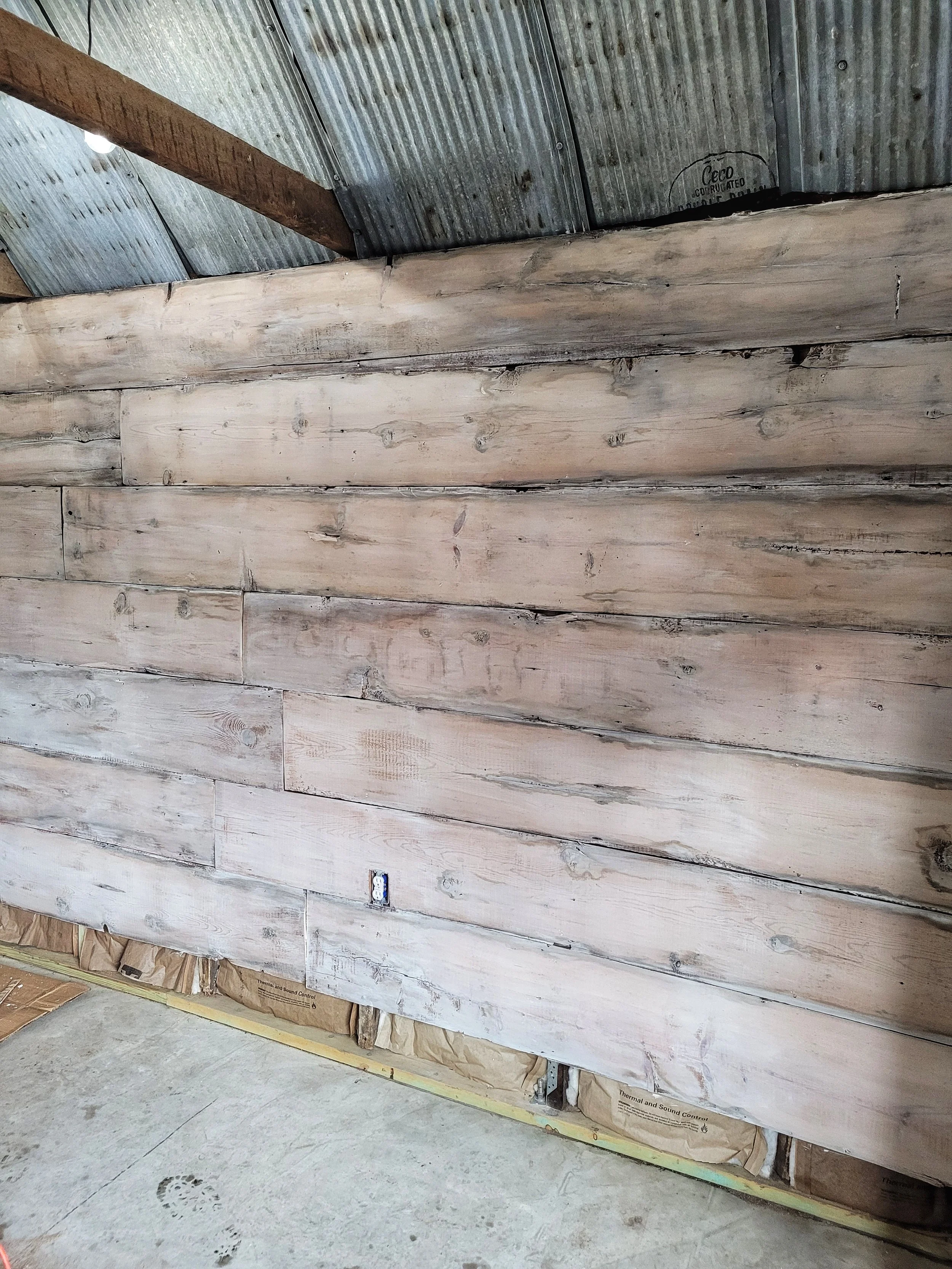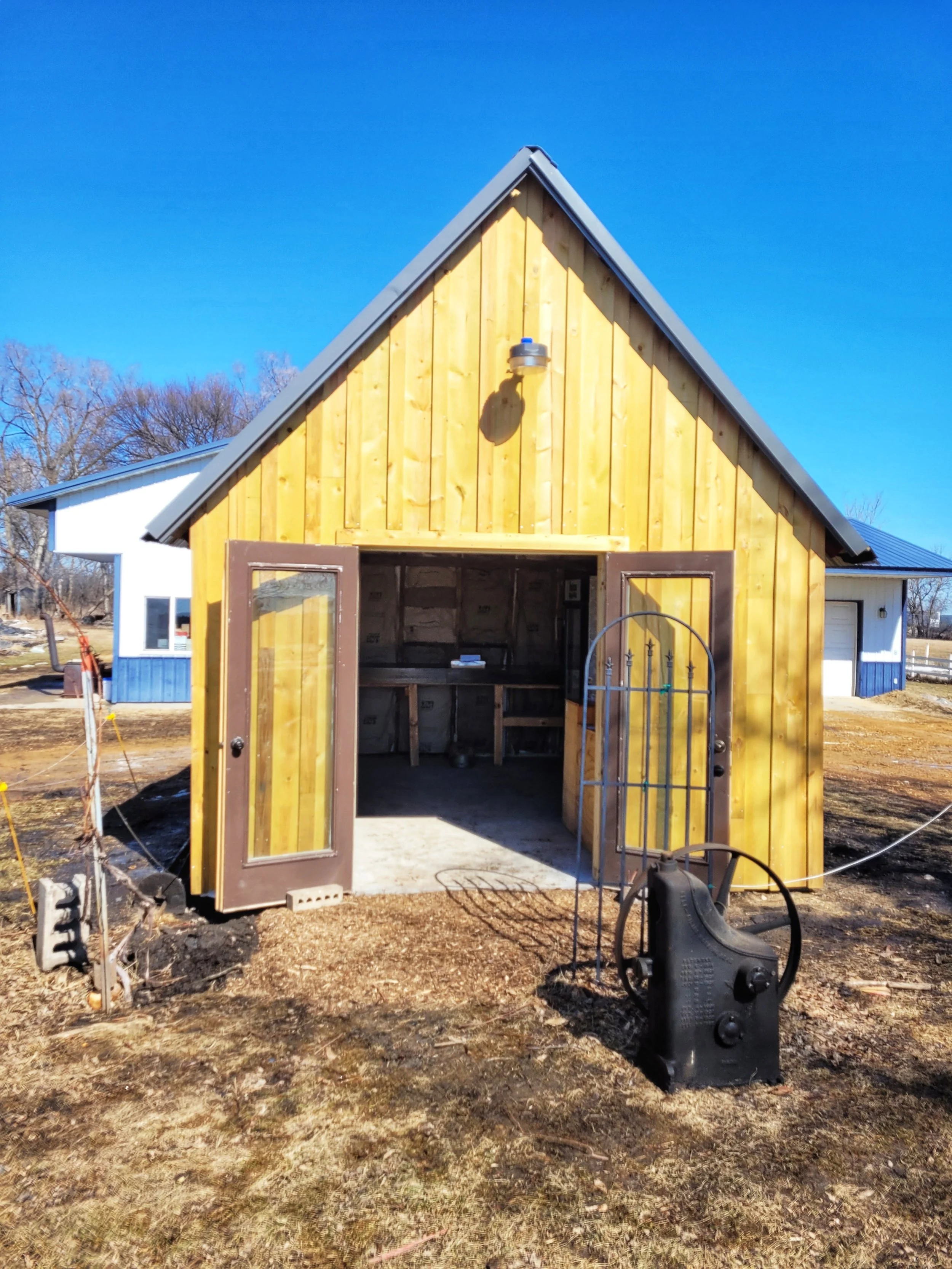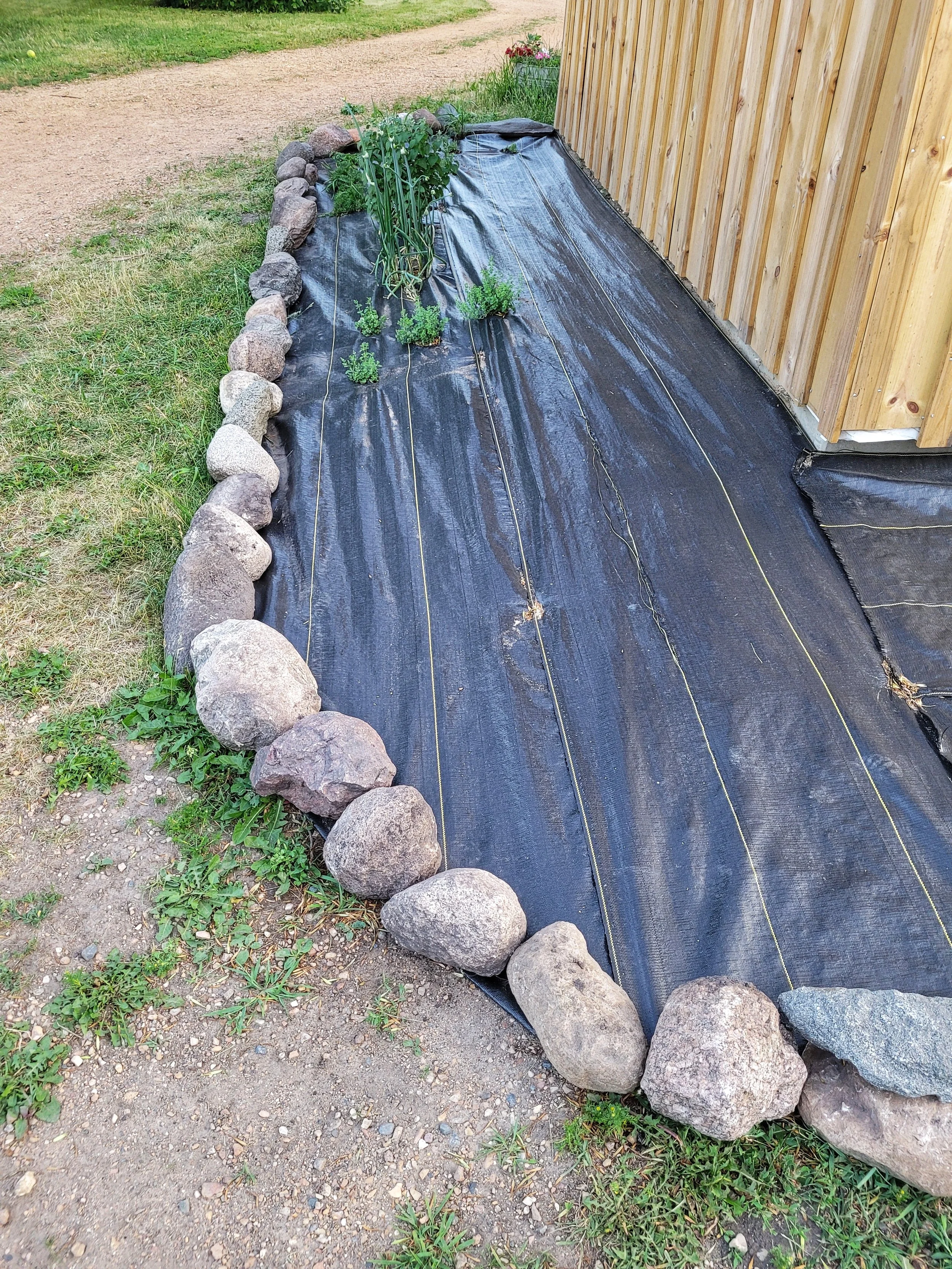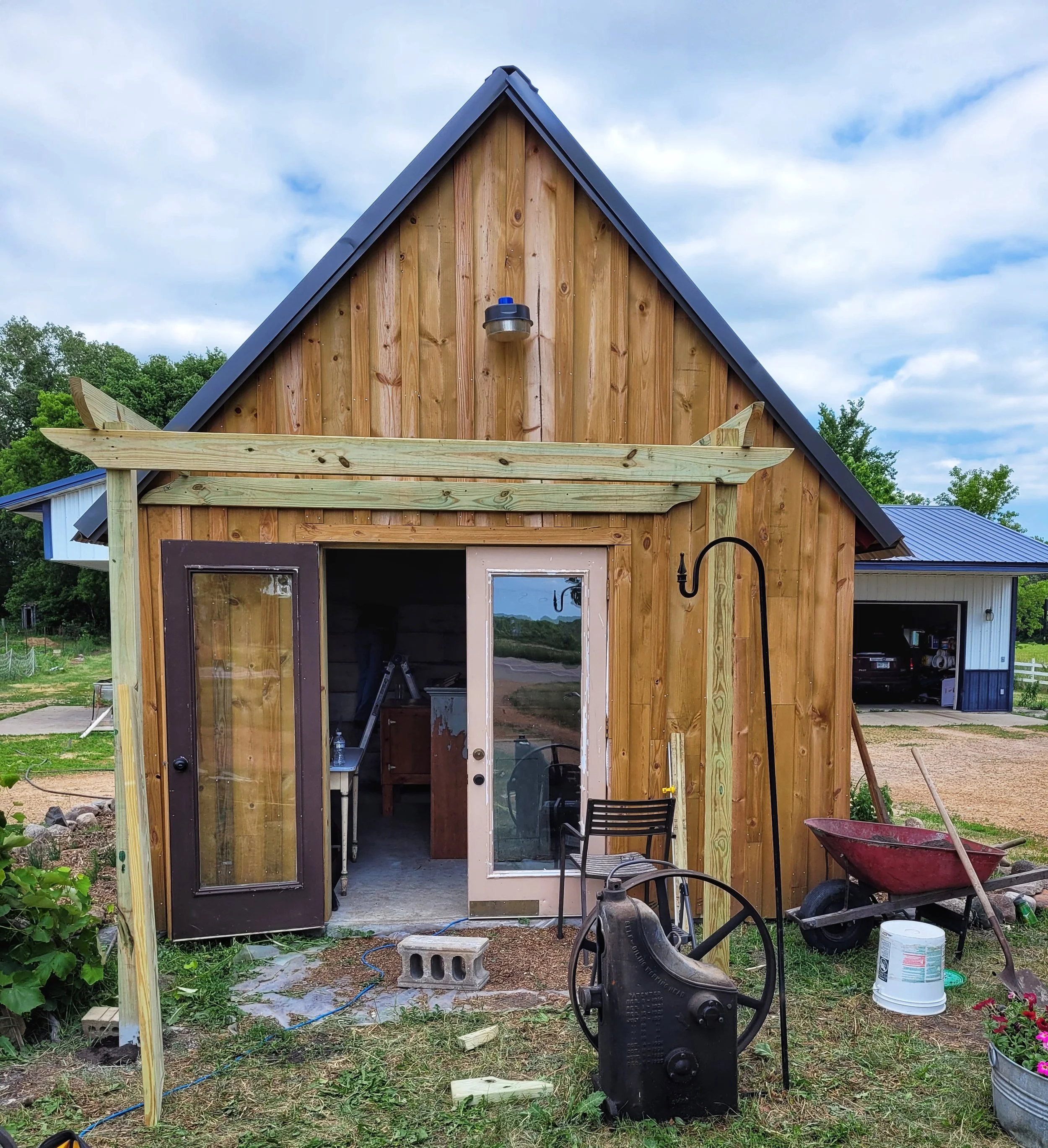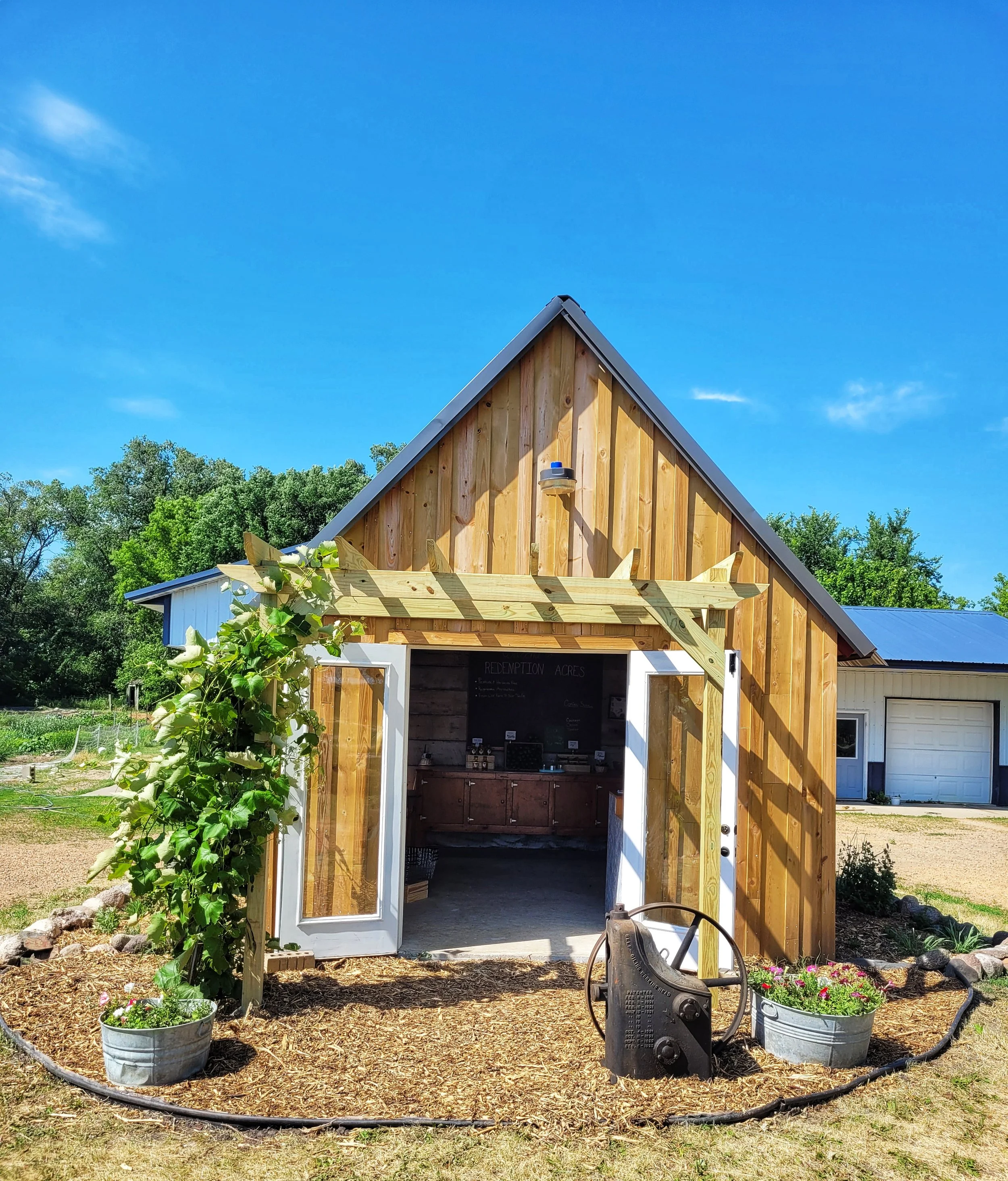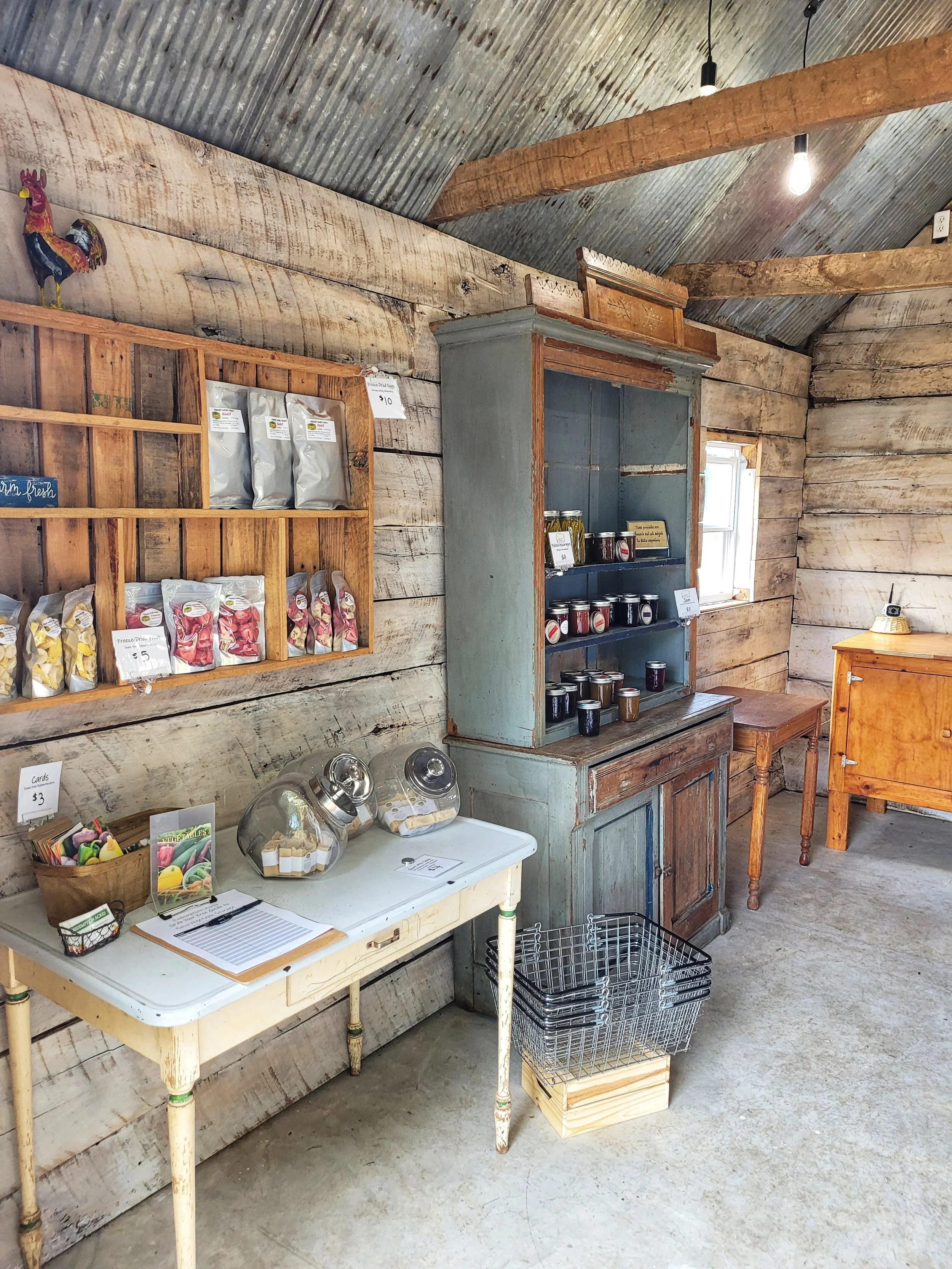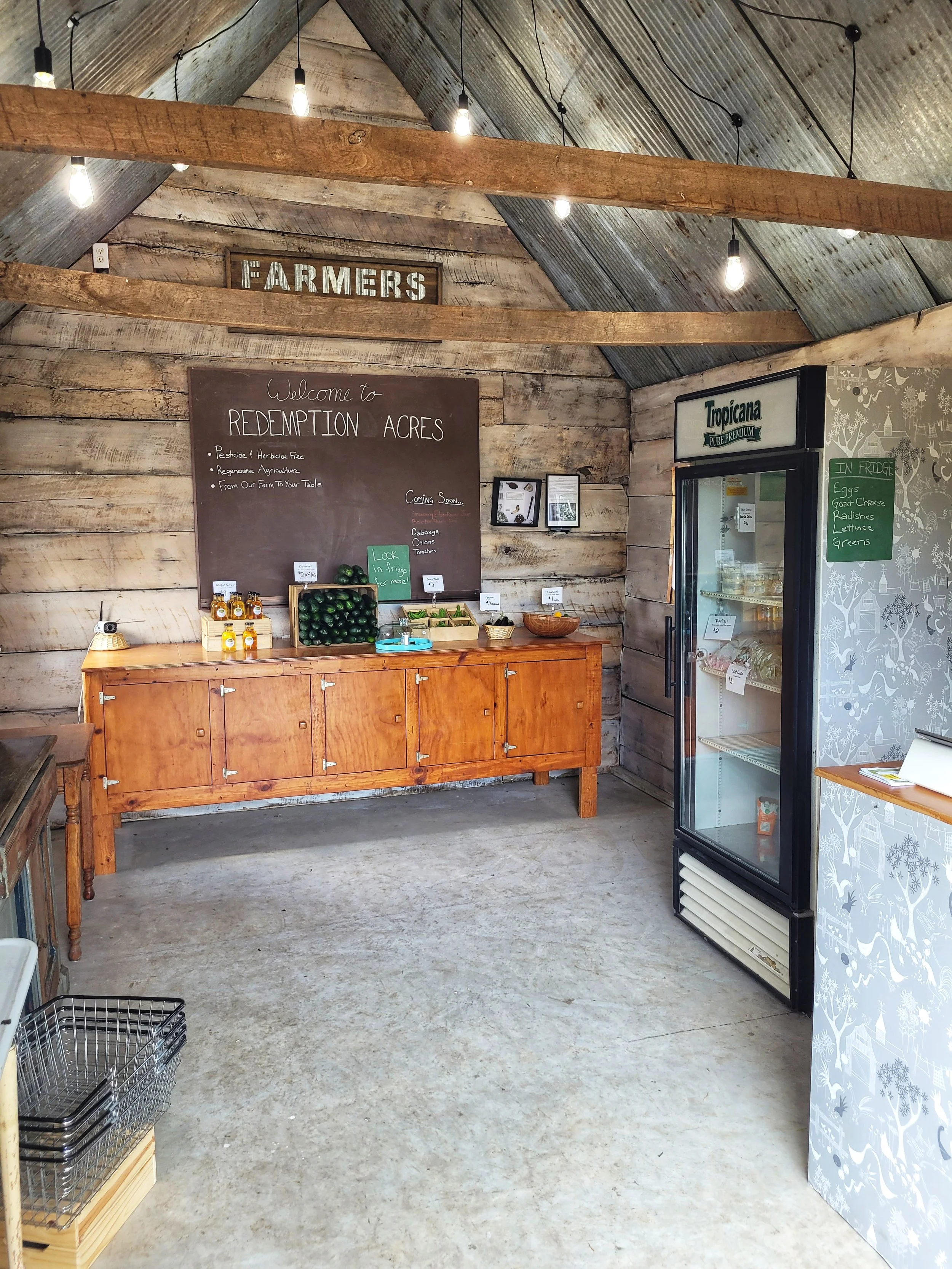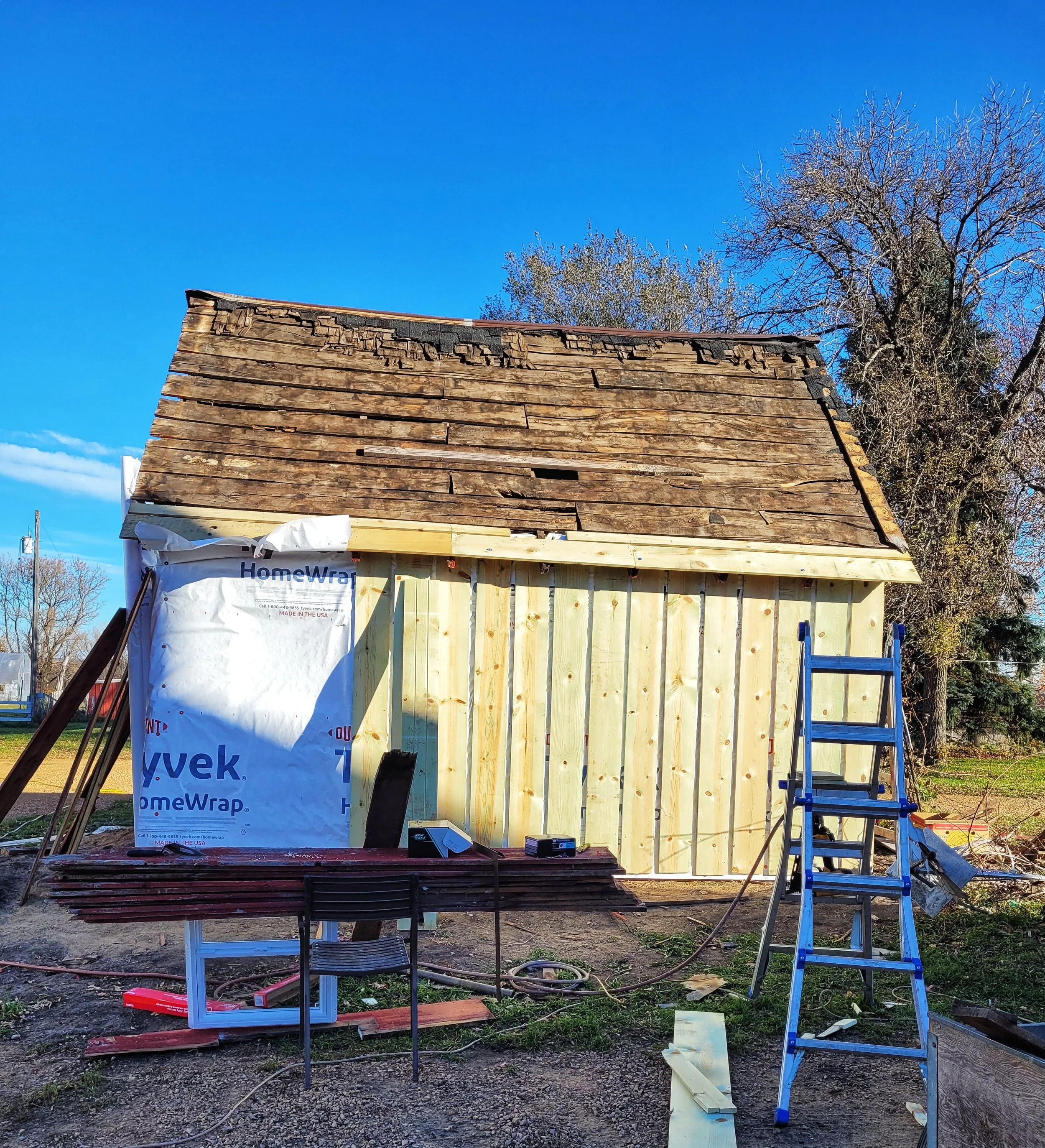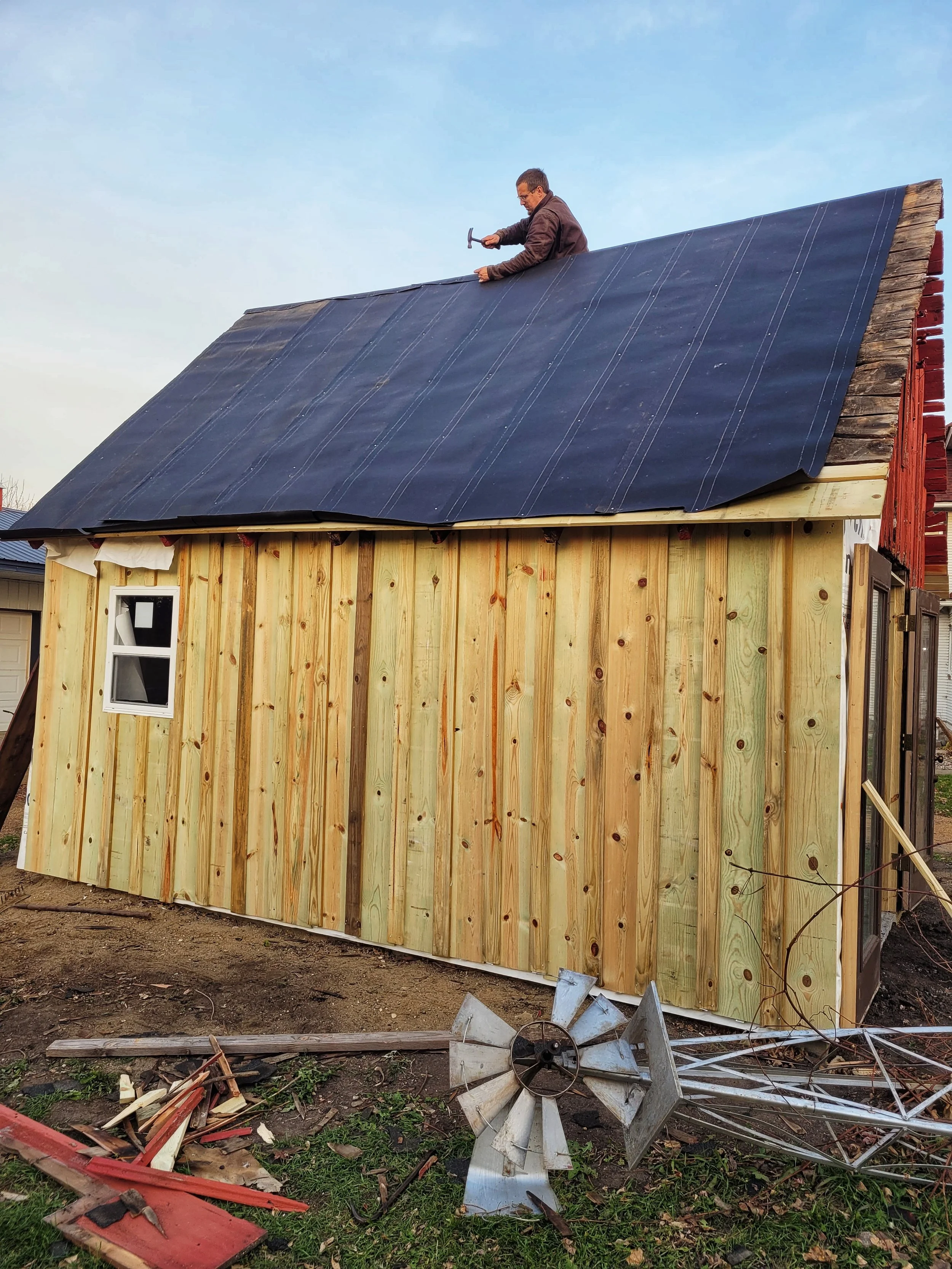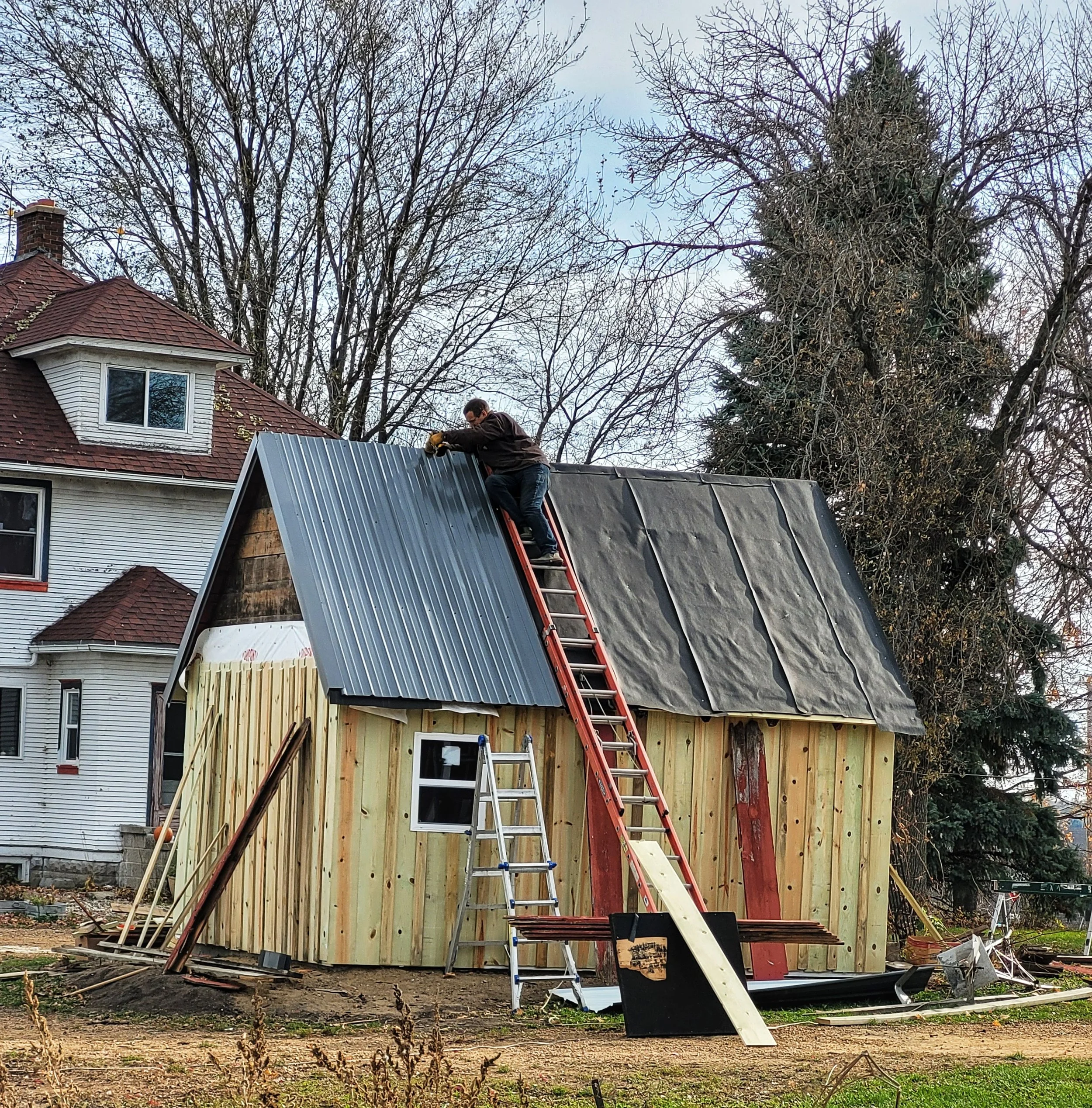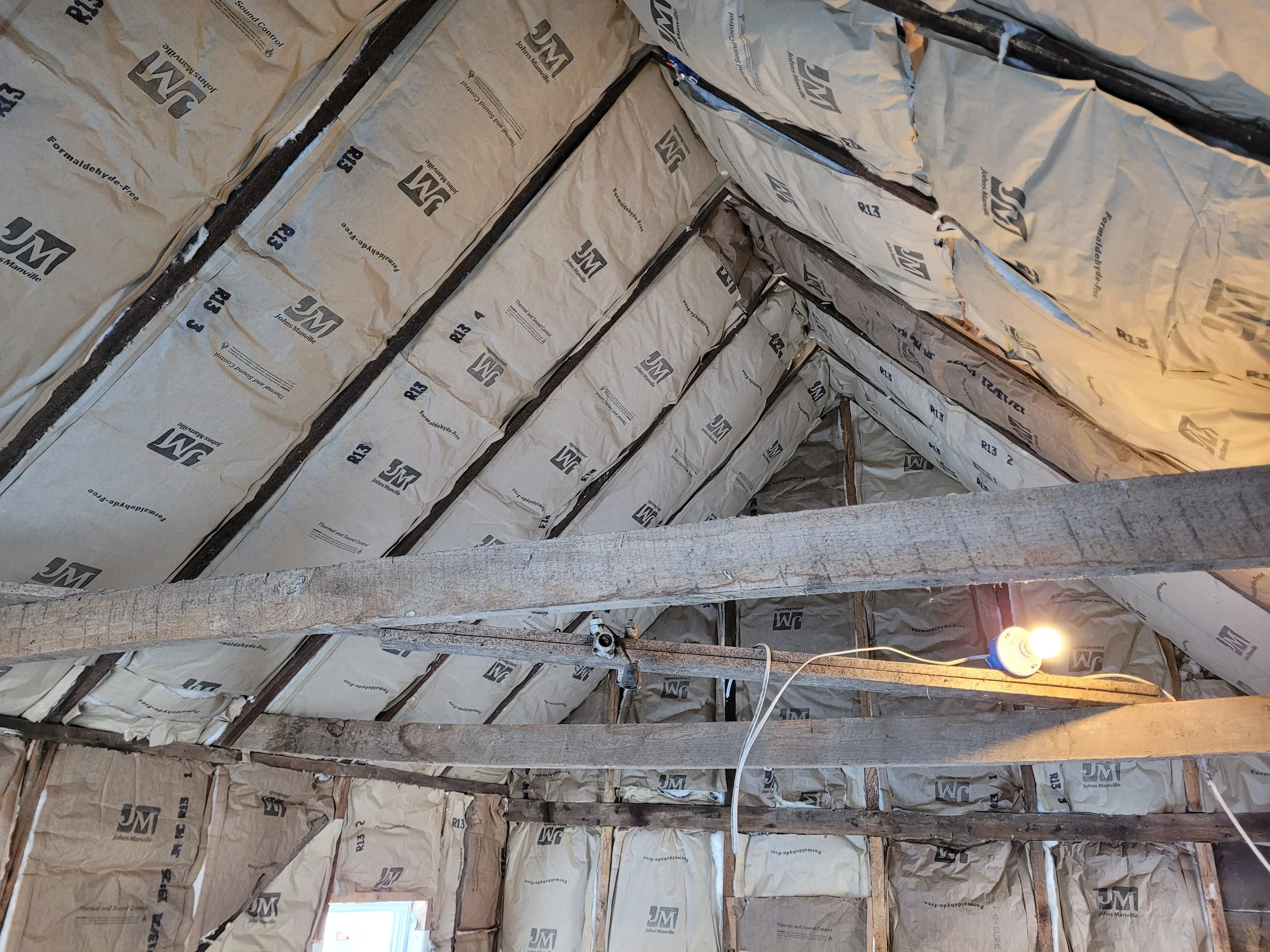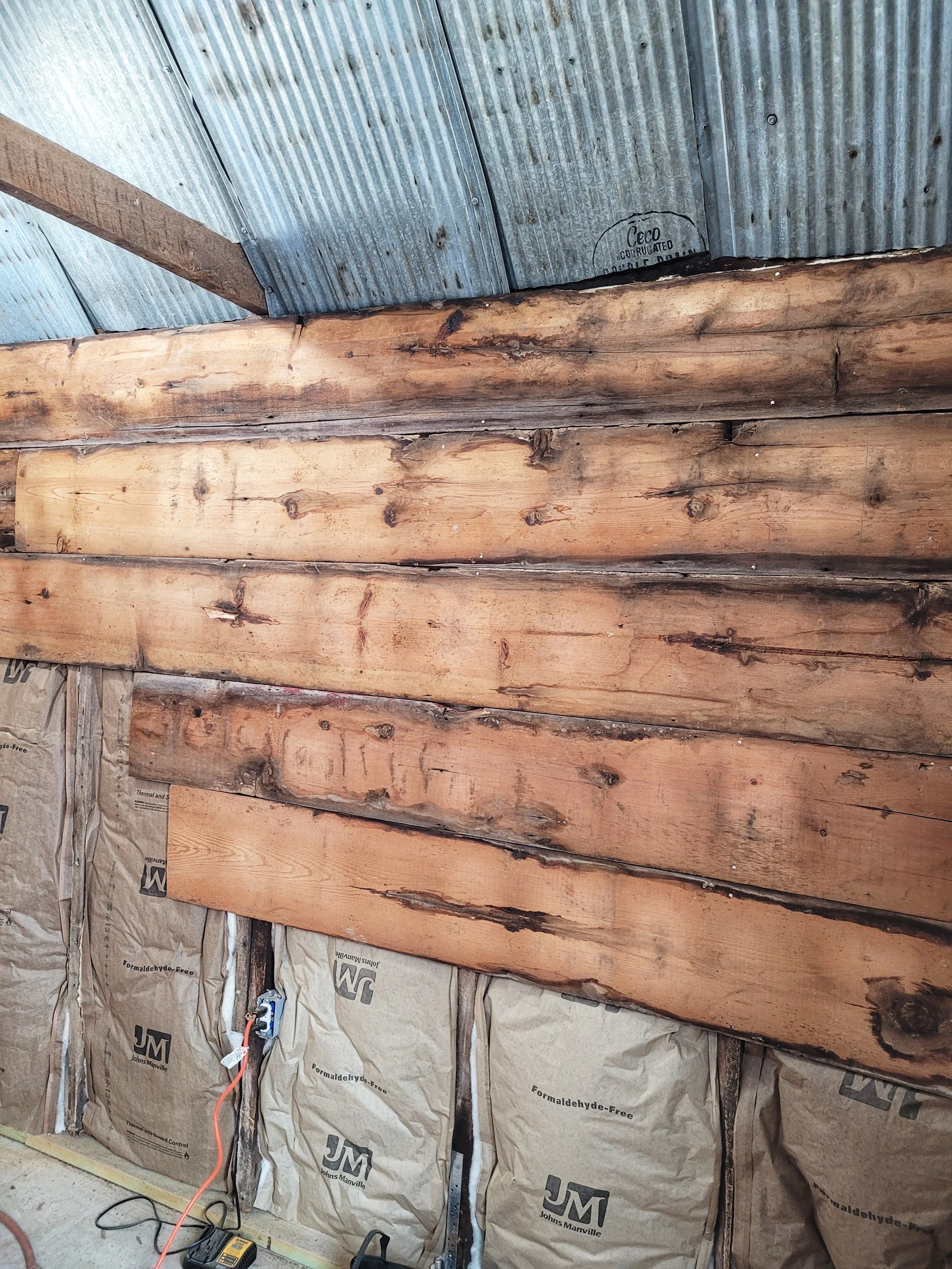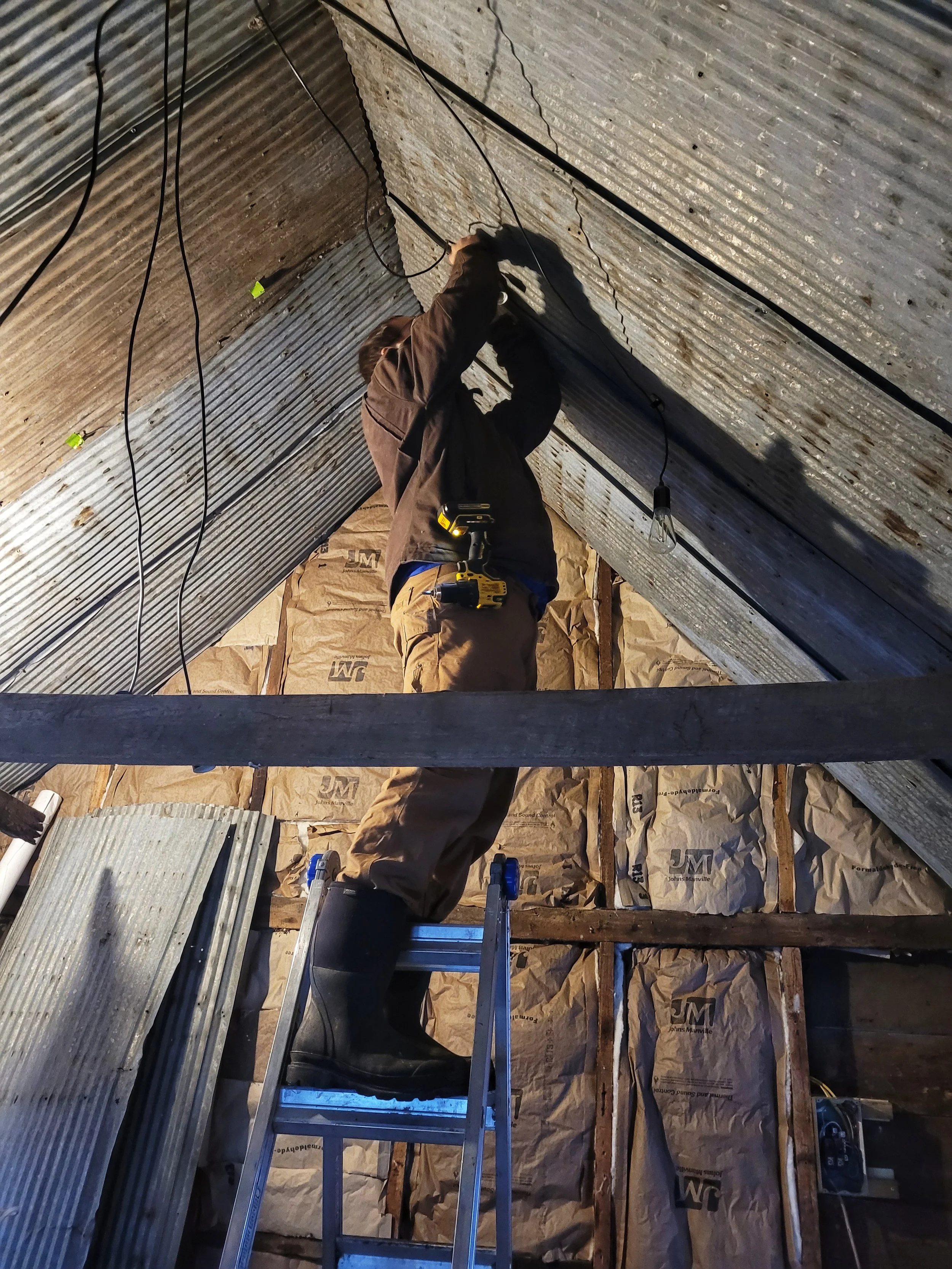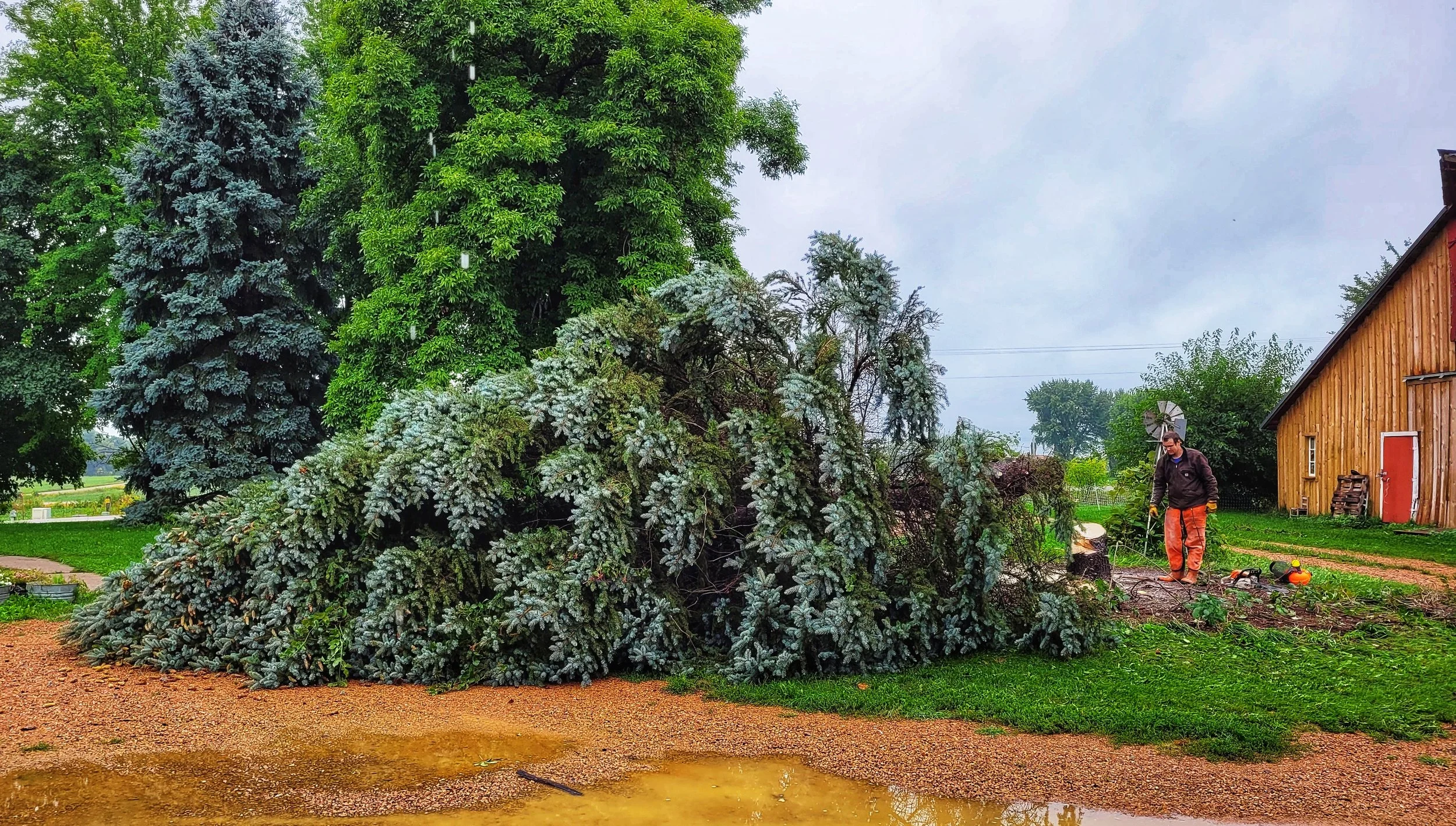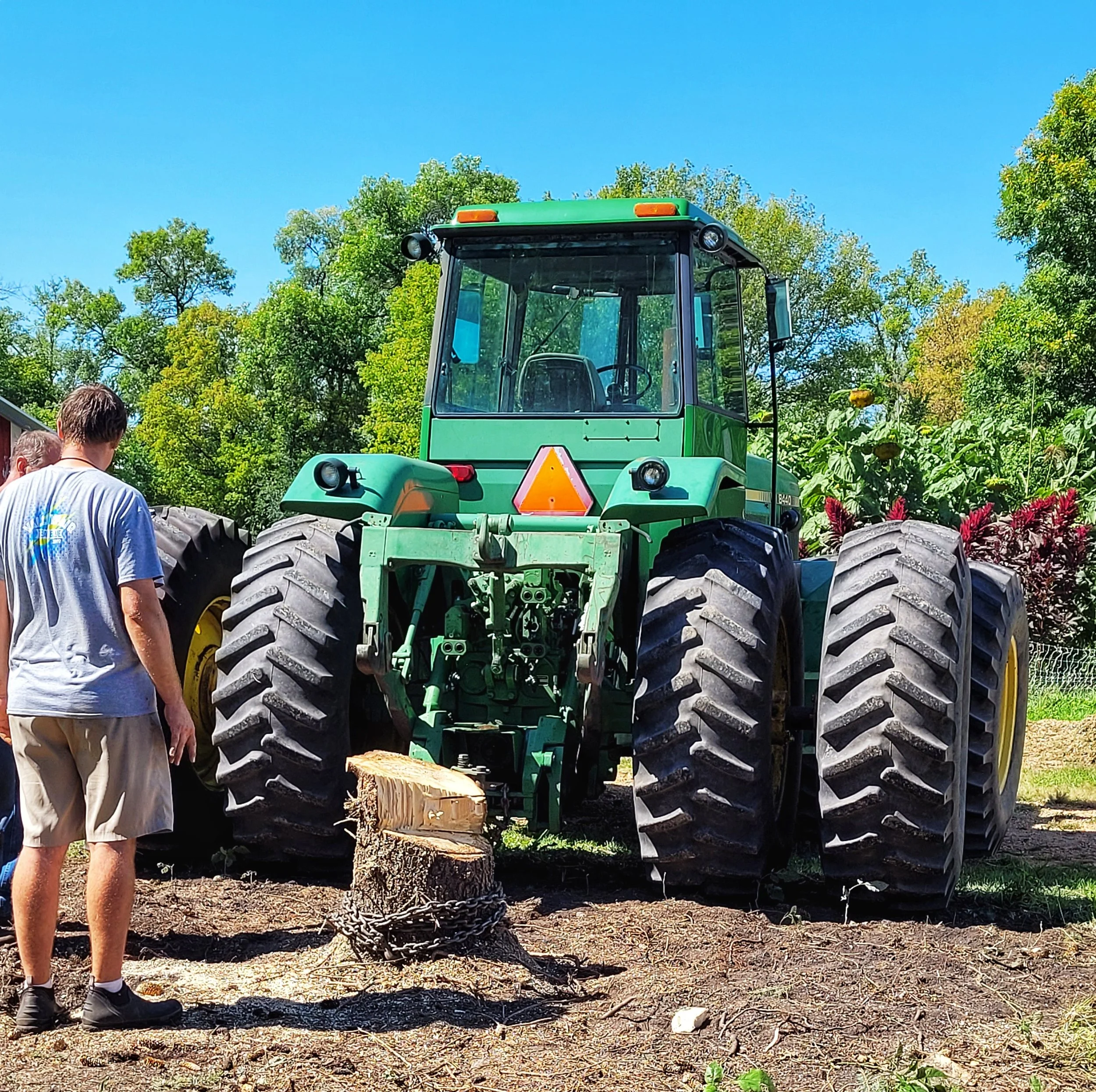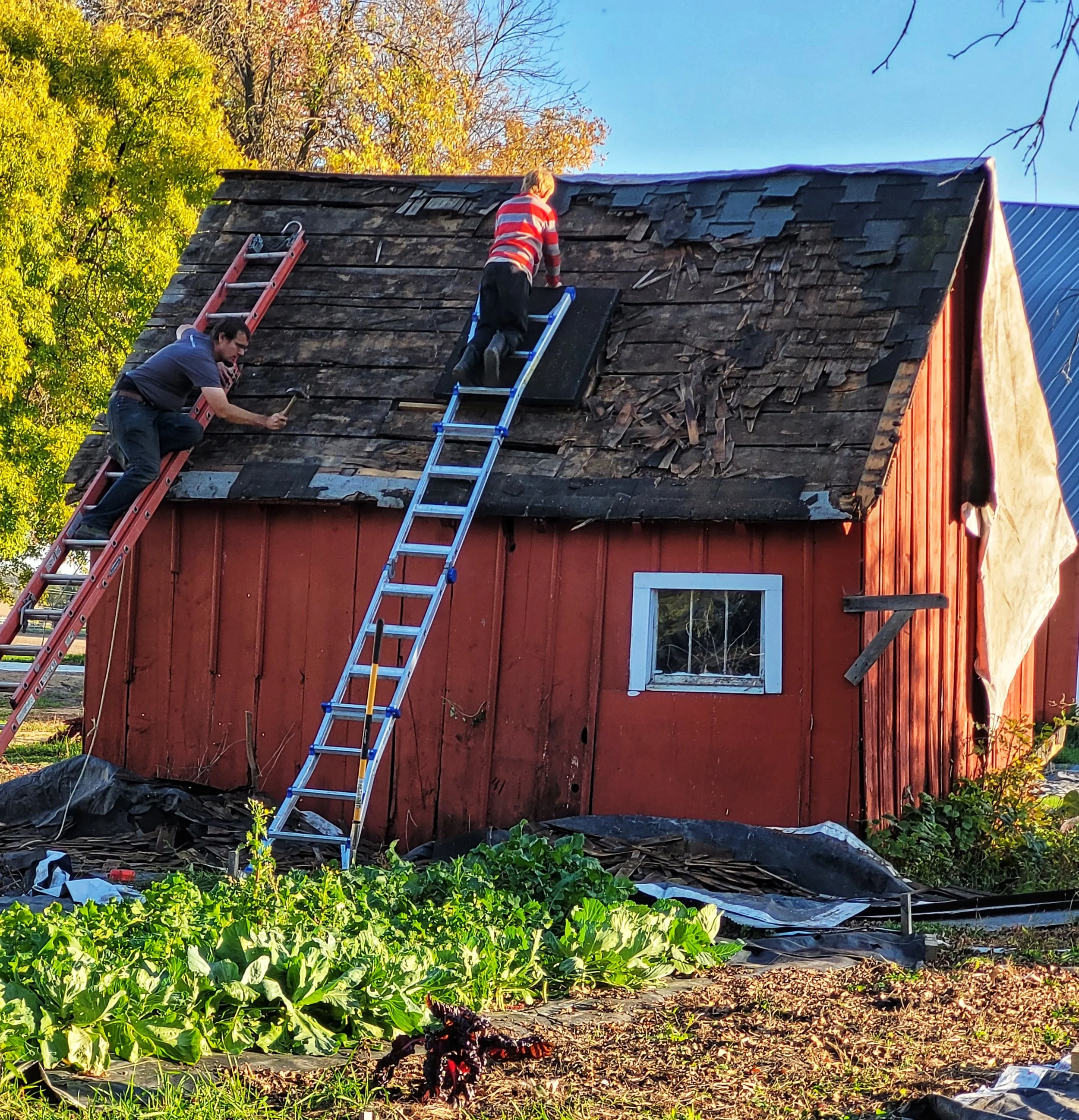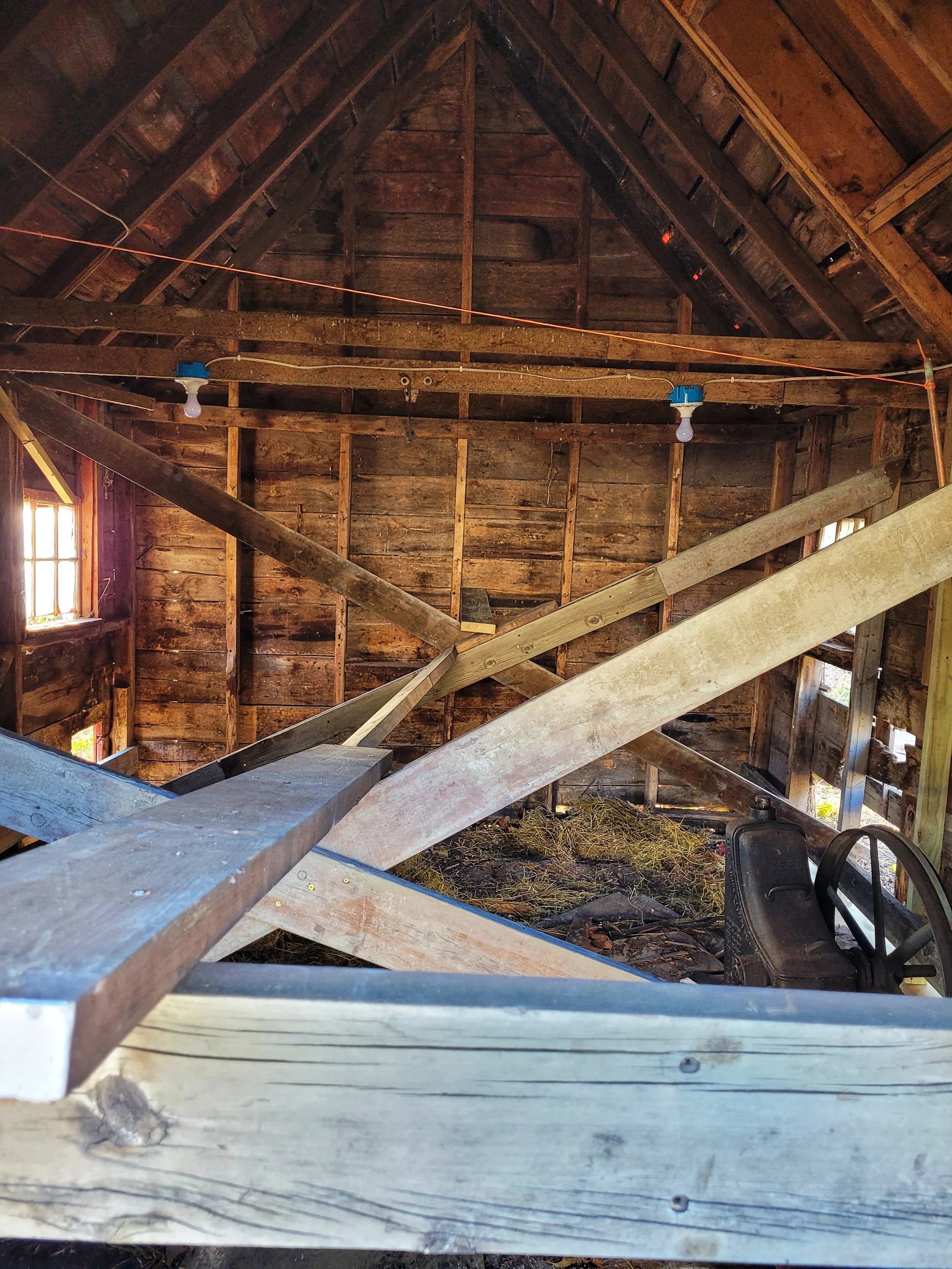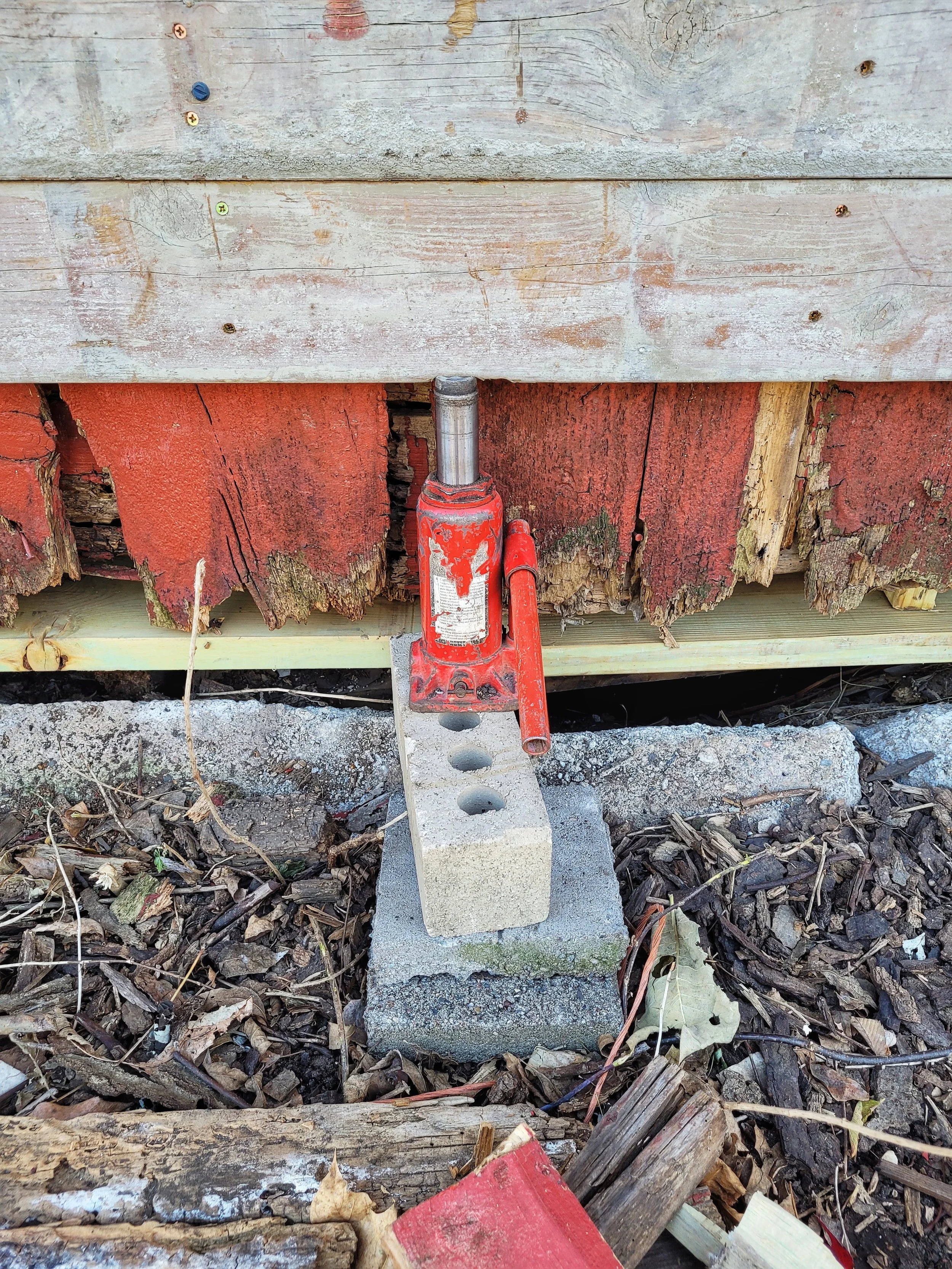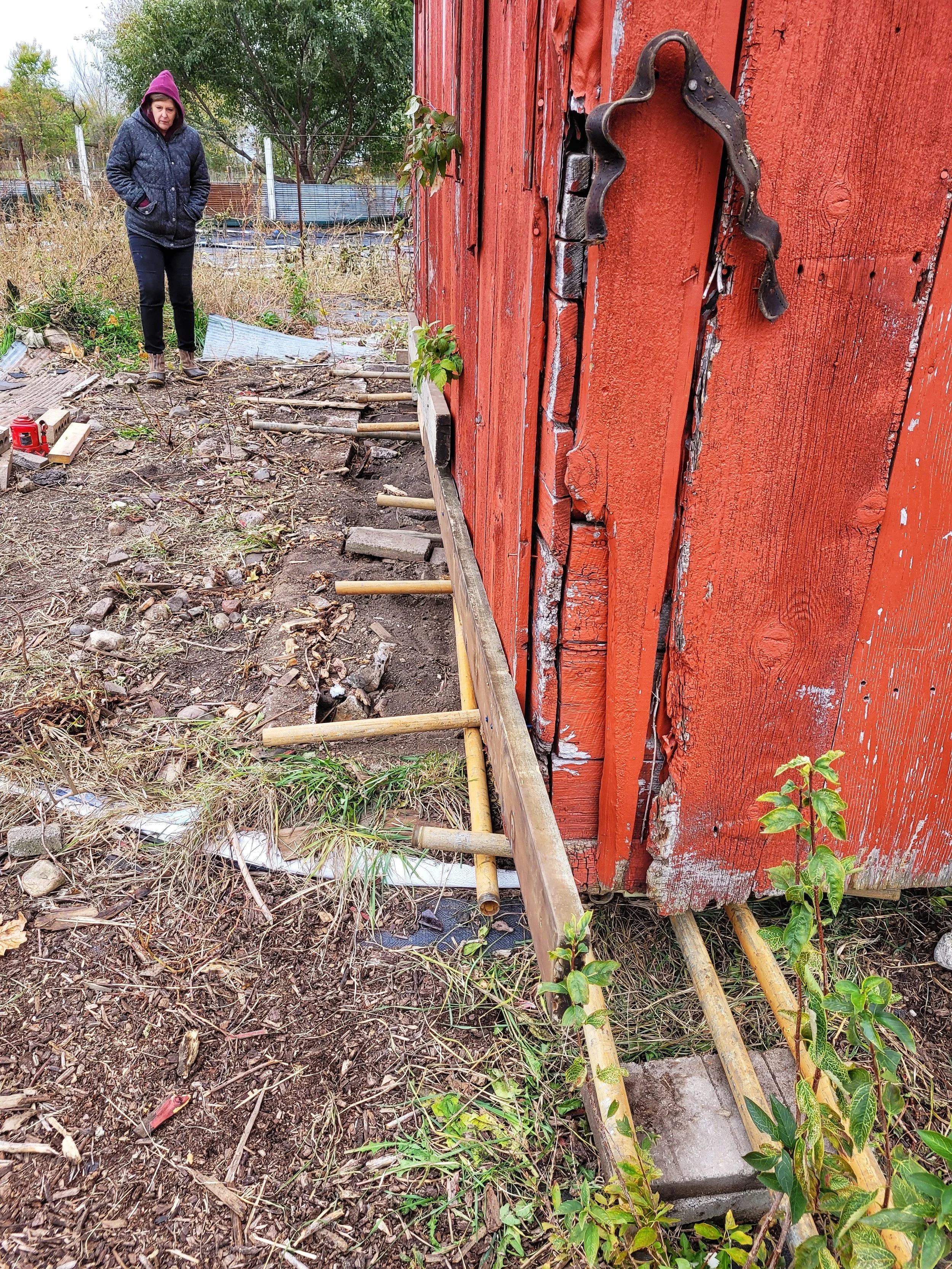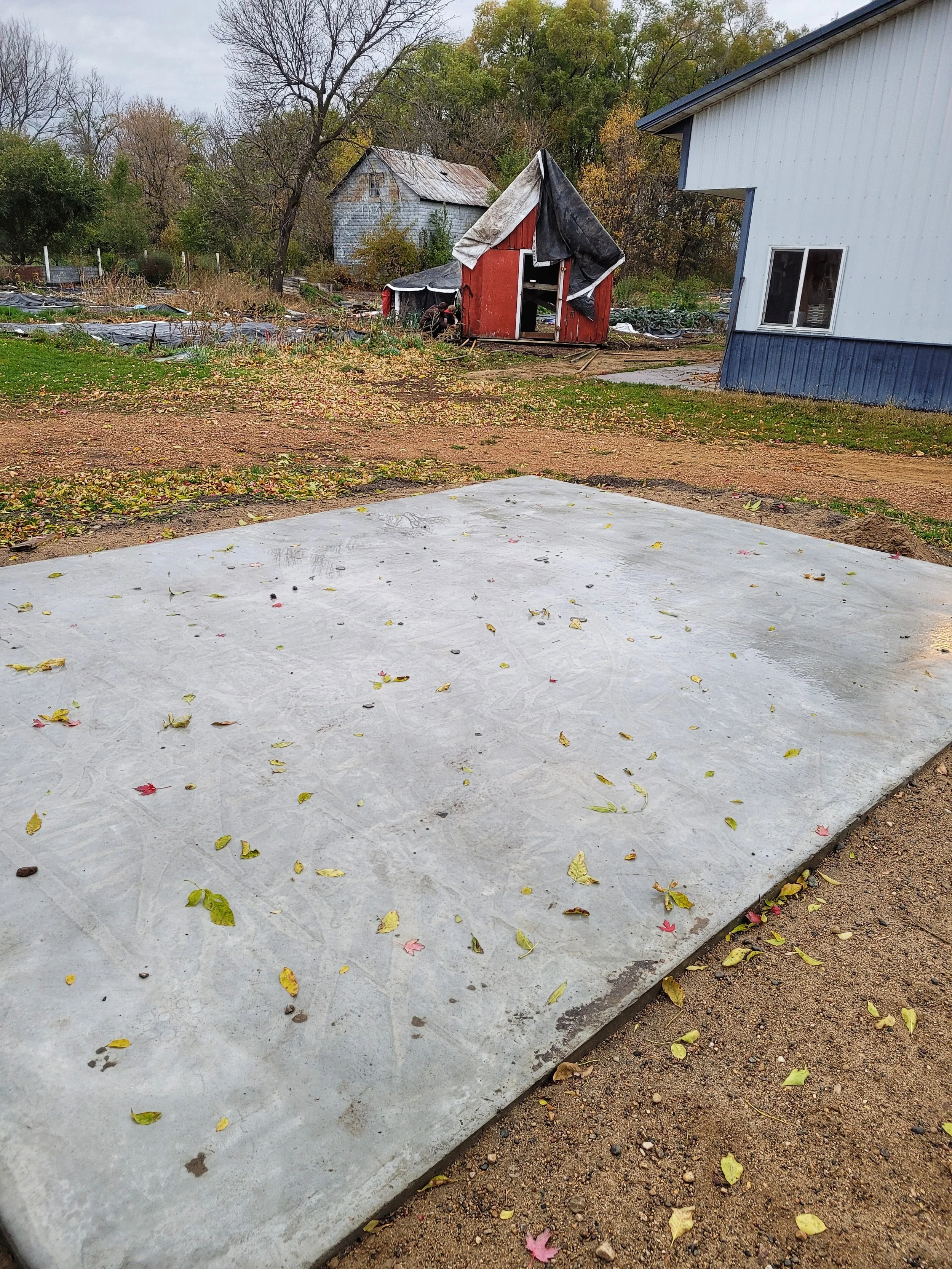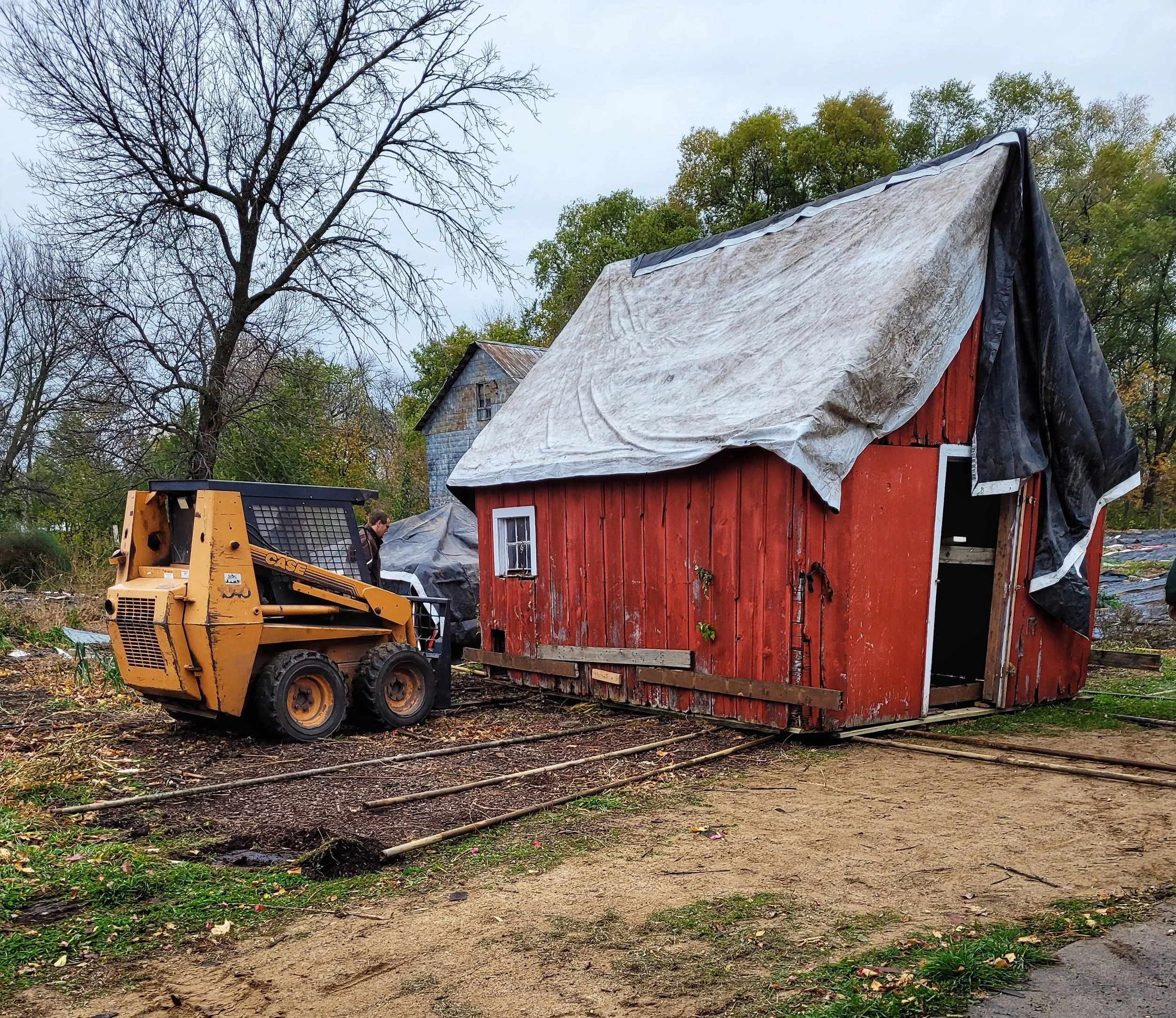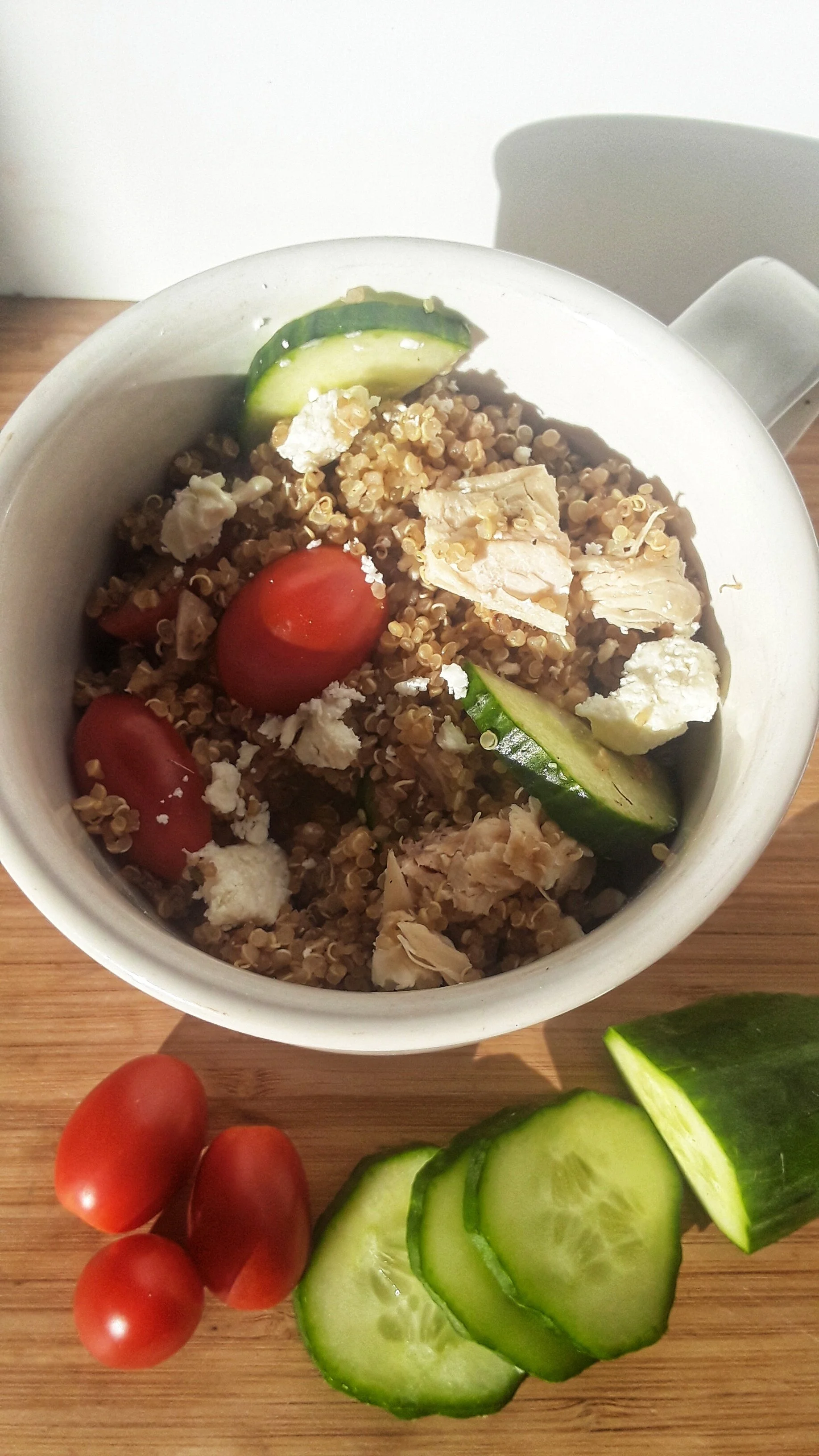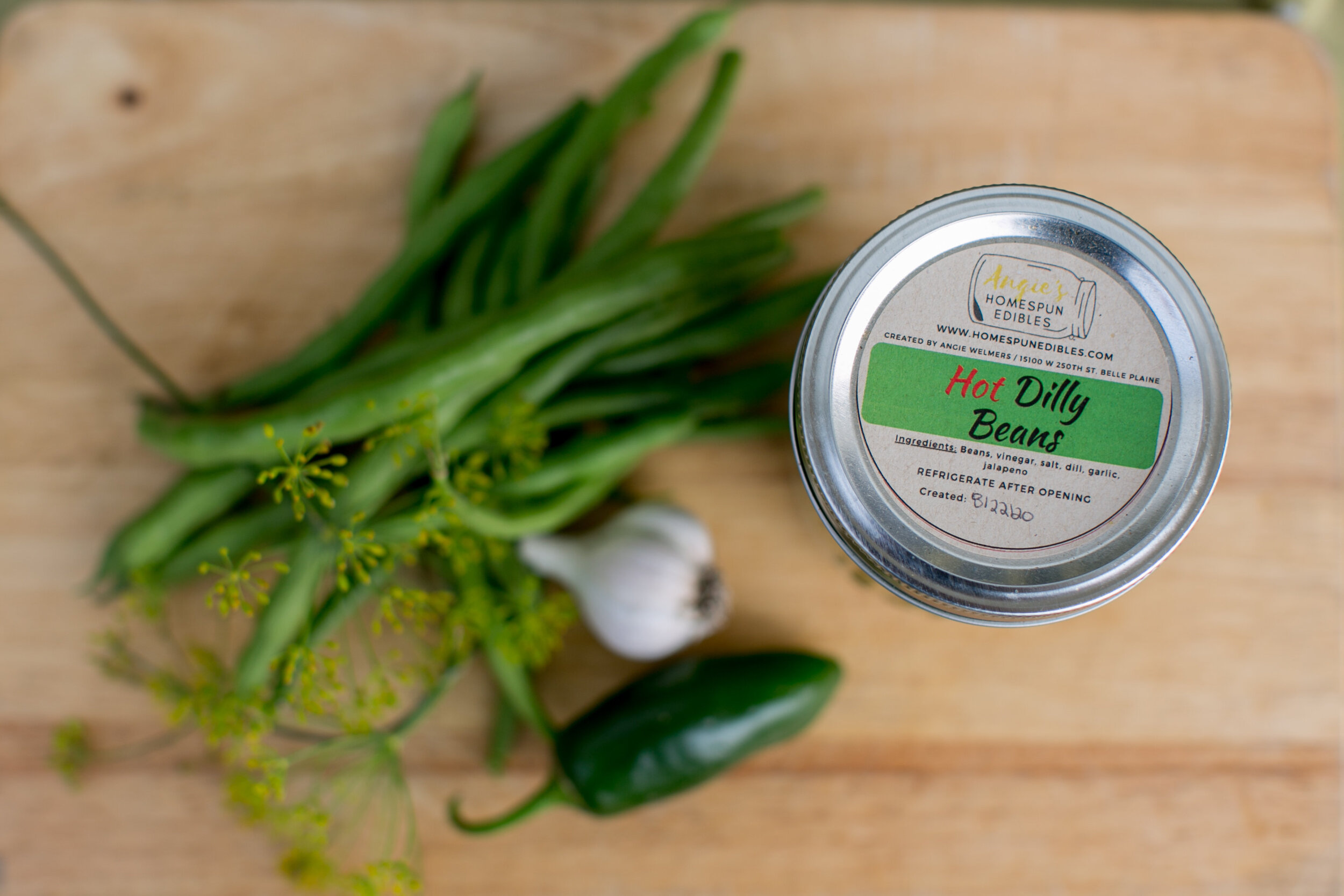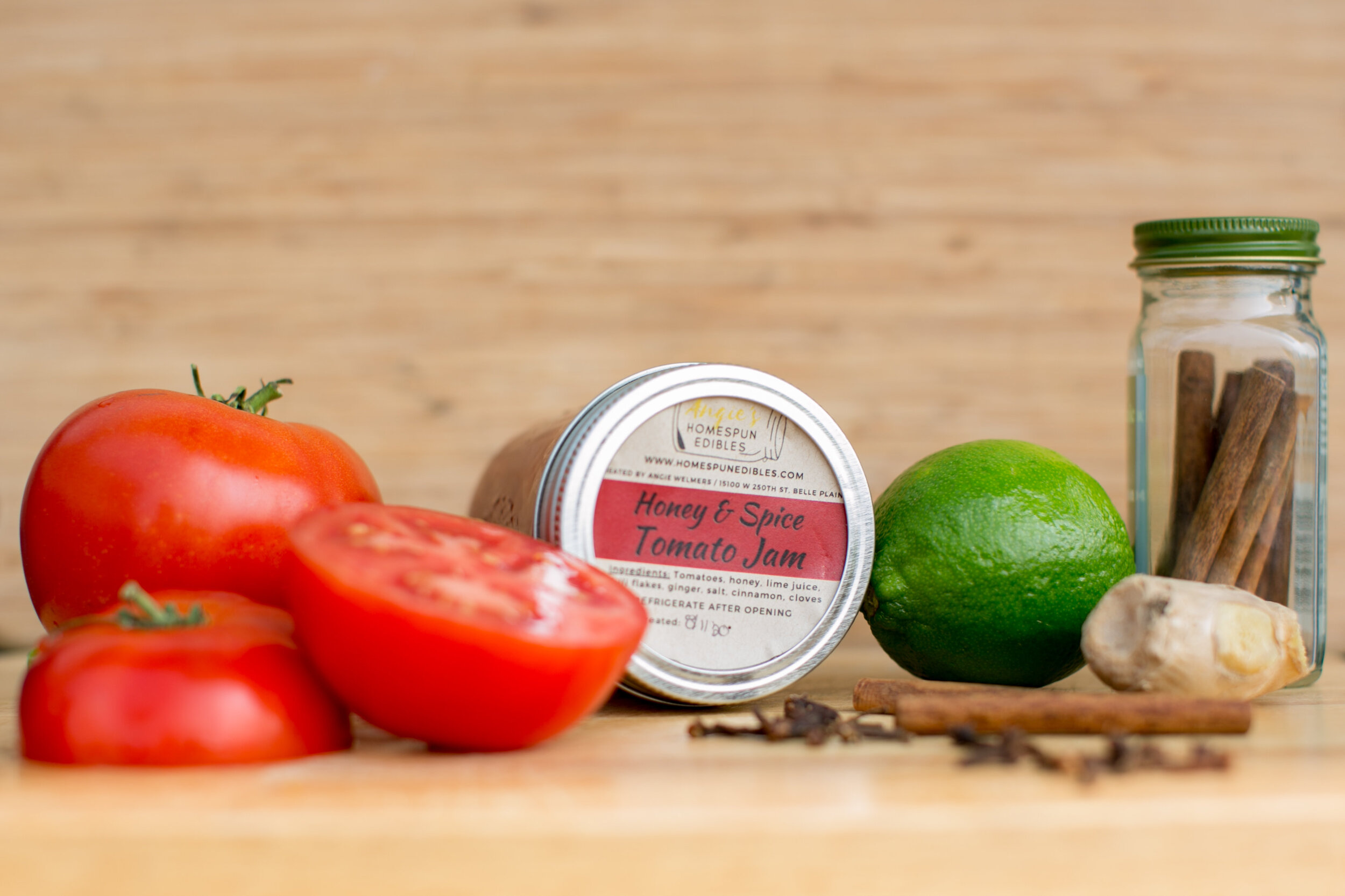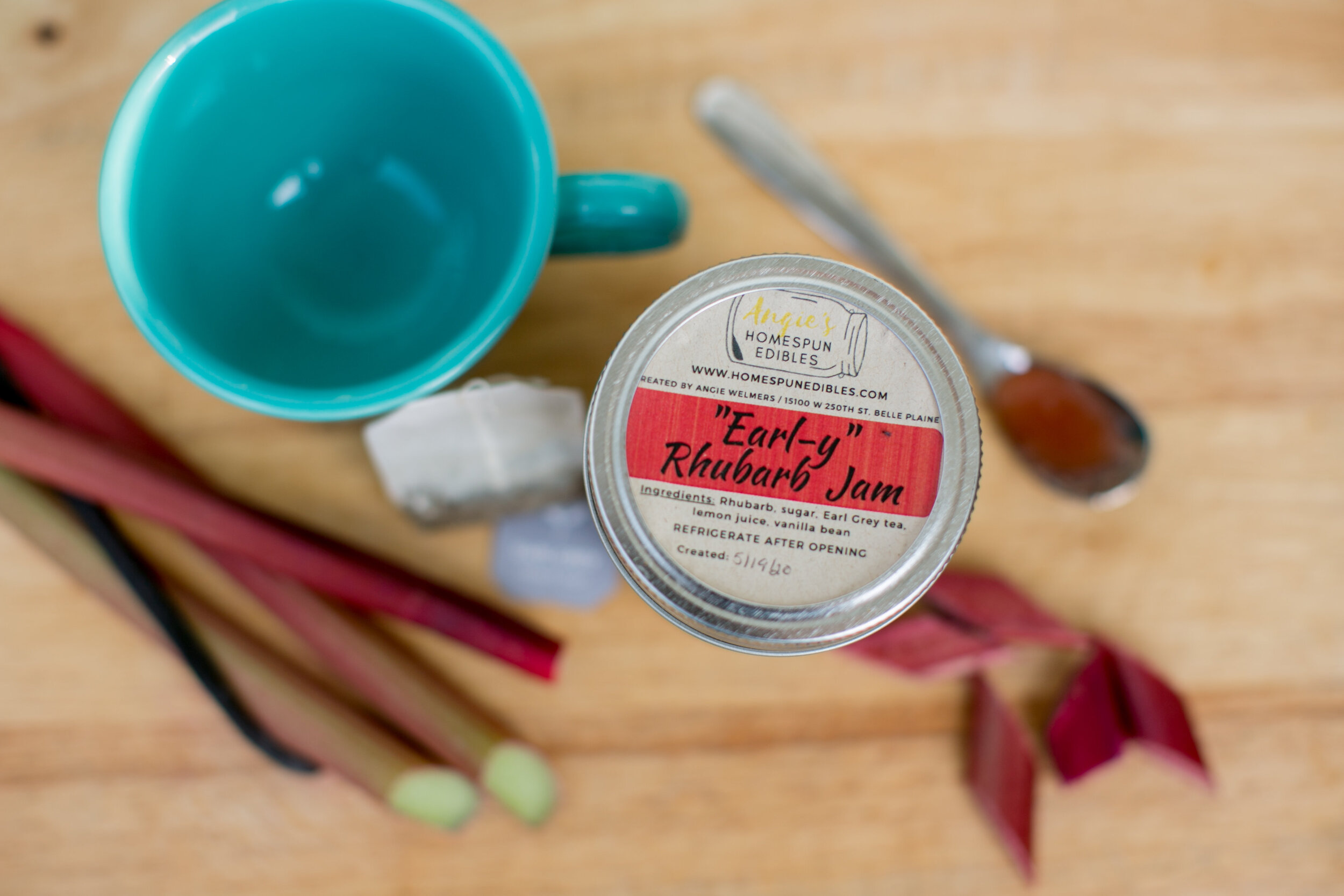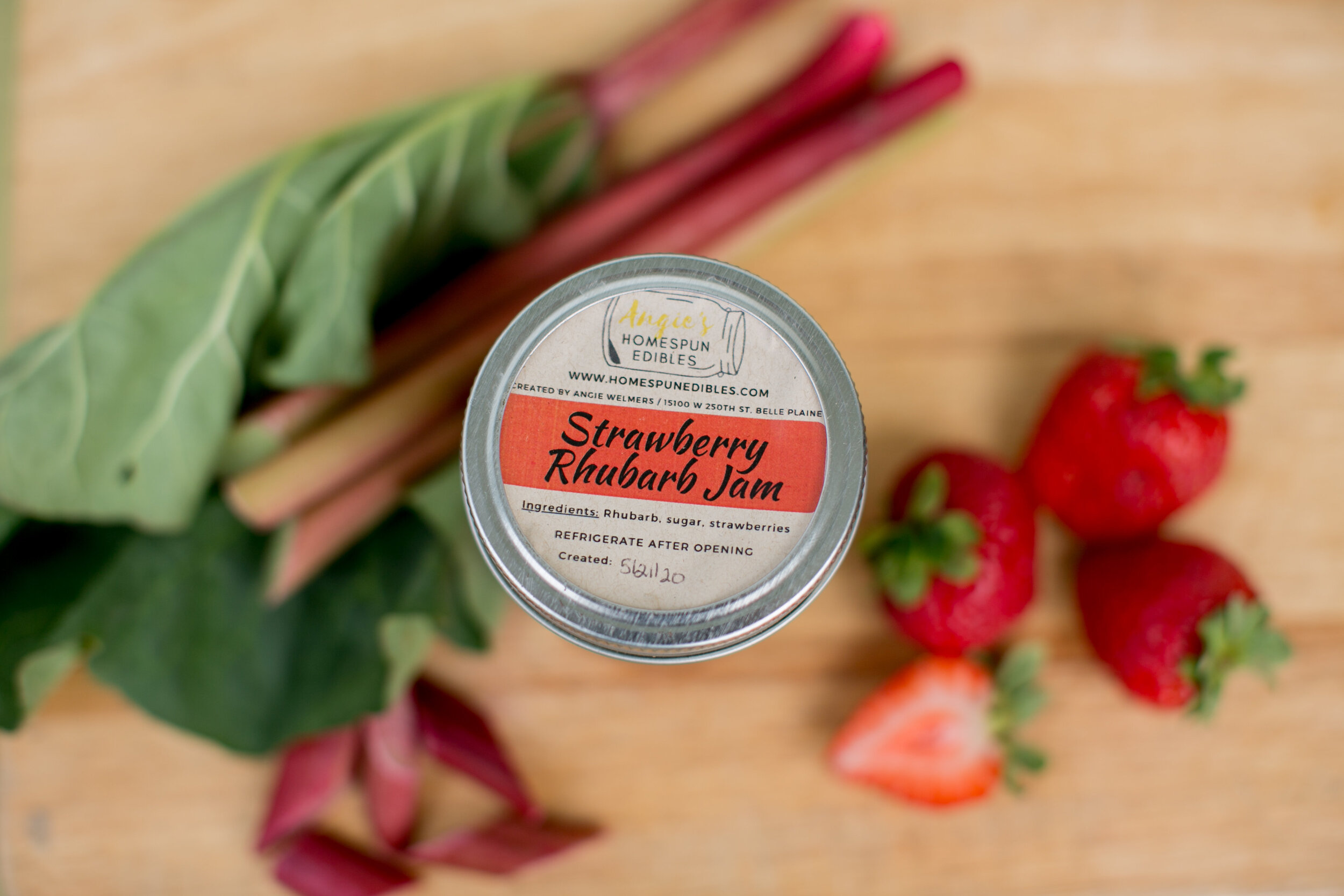The process of turning an old well house into a farm store was longer than we would have liked. That seems to be the way with most projects here on the farm. It’s a good lesson in patience, if we have the willingness to learn.
To recap, we relocated the well house building (Part 1) and then made it weather-tight and a permanent structure (Part 2).
And now, the fun part - turning this old building into a beautiful, clean, useful space!
As our thoughts and hopes for the Farm Store grew, we could see how easily we could spend loads of money on making it pretty and perfect by purchasing all the things. But, we decided the better way would be to save our pennies where we could and still make it a beautiful, functional space.
The first decision we had to make was what to do with the wood walls. We had decided to repurpose the usable lumber from the outside of the well house itself and our century-old barn. While we love the look of raw wood, these pieces had lived a hard life and looked a little dirty and dingy, even after power-washing. With trepidation, we decided to whitewash them. We felt a burden to treat this lumber respectfully while acknowledging the fact that without re-use it would have ended as fuel for a bonfire.
The first wall, whitewashed.
The difference a little whitewash makes. Clean and bright while still maintaining some rustic charm.
In the meantime, we scoured the farm buildings and attic for items we could use or repurpose in the store. And, for the items we still needed, we scoured Marketplace and garage sales for months with a list and a budget. Slowly, we found what we needed at the right prices and even picked up some things for free.
The outside of the store needed a bit of love as well. Angie has always had a dream of growing perennial herbs and medicinal plants. The exterior of the store seemed like a perfect place to begin the project.
The store exterior. That black behemoth is the original 100-year-old well pump that used to be in the building.
Laying permeable landscape fabric for the future plants.
Planted some herbs, many of which we started from seed. Our neighbor generously let us have these field rocks out of his massive rock pile to create a border around the store.
When we first placed the farm store building in its new location, there were two grape vines in front of it. We had planted these vines 9 years ago, right when we moved to the farm. Unfortunately, one of the vines was growing right in the middle of what would be the front door, so we dug it up to hopefully salvage and relocate it. The other grape vine we had big plans for in its original space.
All winter we dreamed of creating a pergola over the front door of the store for the grape to climb on, with fat clusters of grapes hanging down. One morning, Angie’s dad built a pergola in a couple hours.
Just like that, a pergola!
Once the exterior was set up, we moved back into the store. We had been given a cabinet that was saved from a junk pile on the side of the road. Someone had apparently started to strip it to refinish but didn’t finish the project. We couldn’t decide whether to paint it or just seal it as is in all its rustic glory. So, we made a poll and you all answered:
The majority says leave this beauty alone. So, we gave it a good clean, a clear seal and left her as is.
All that was left was to put our pieces into the farm store and load it up with vegetables, eggs, jam and pickles, freeze-dried foods, goat milk soap, and all the rest of the goodies.
Here she is - the completed exterior. (Well, except for painting the siding. That will come at a later date).
The left interior of the farm store.
A view inside the farm store.
And there she was - our finished farm store!
We will tweak it a bit as we move forward, but in all, we are so pleased with how this project turned out! It took a lot longer than we planned, but the wait was worth it. We are so thankful for family, friends, and neighbors for helping with this huge project. We couldn’t have done it without them!

